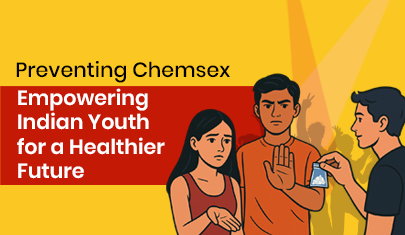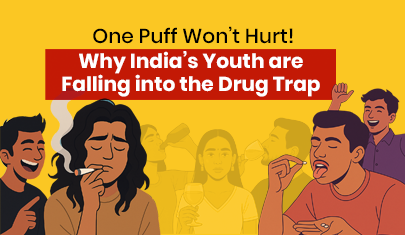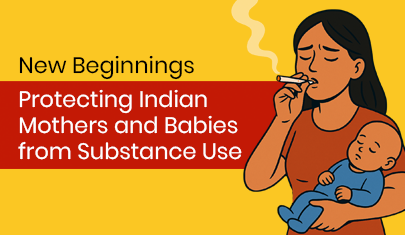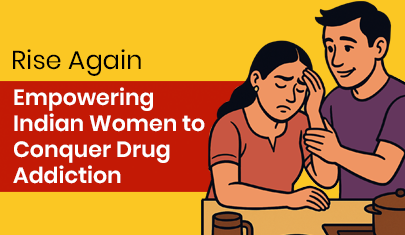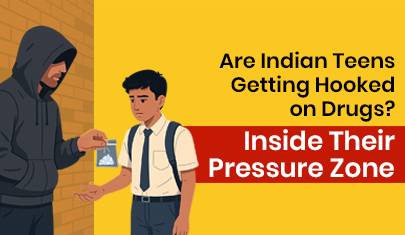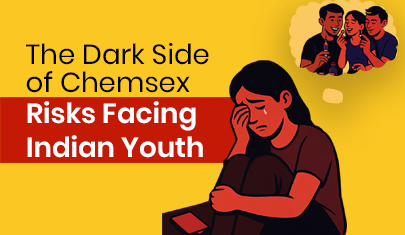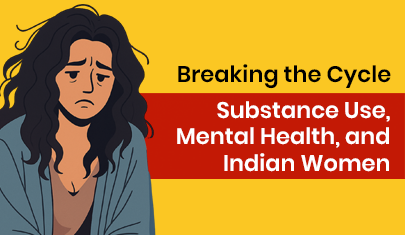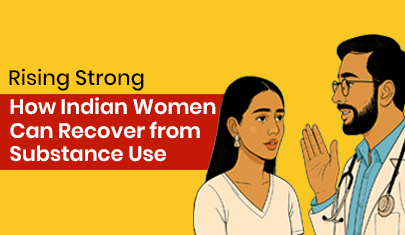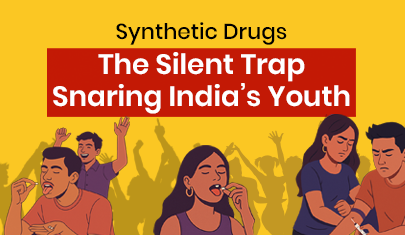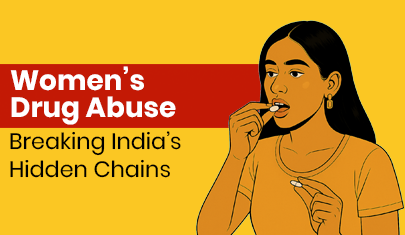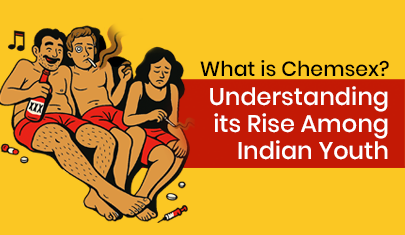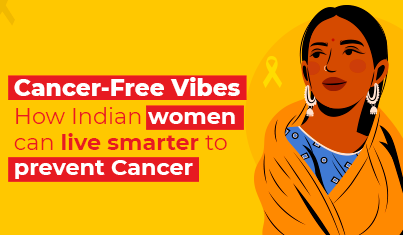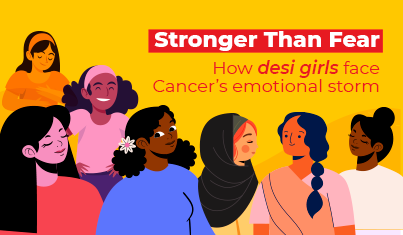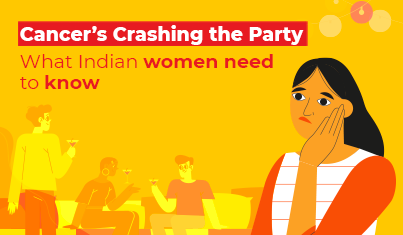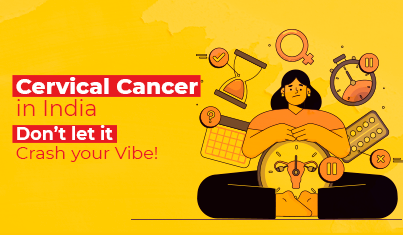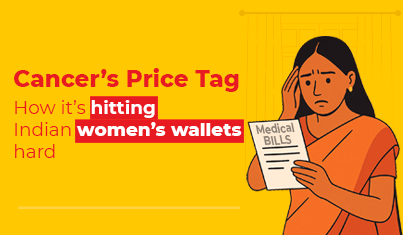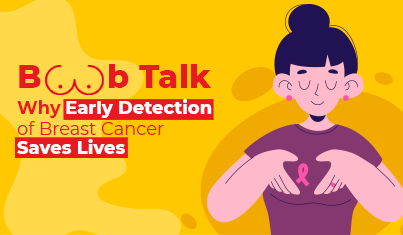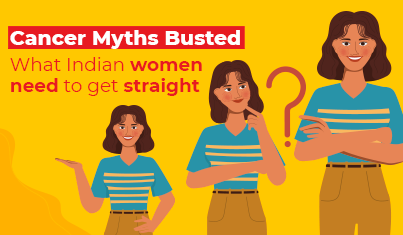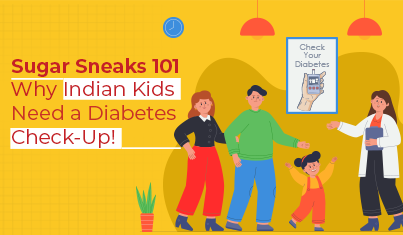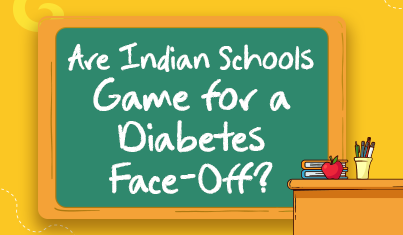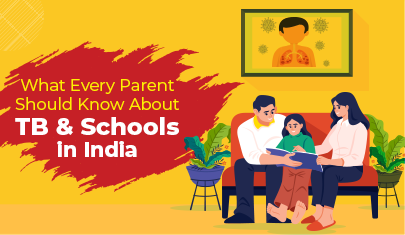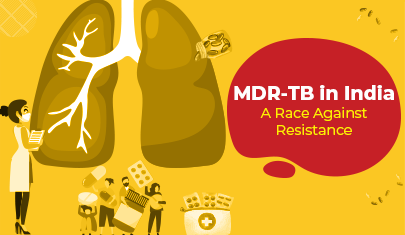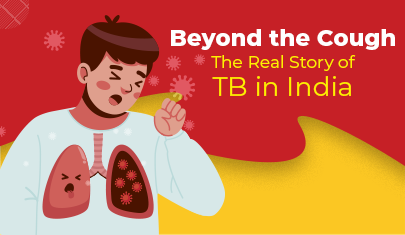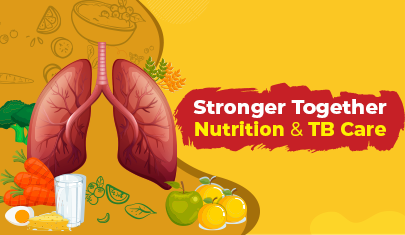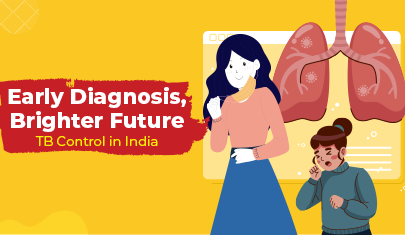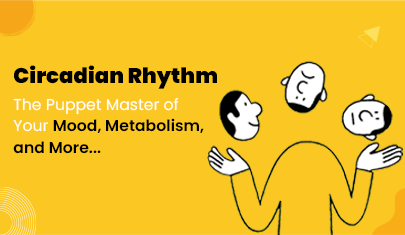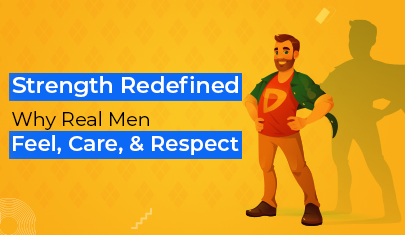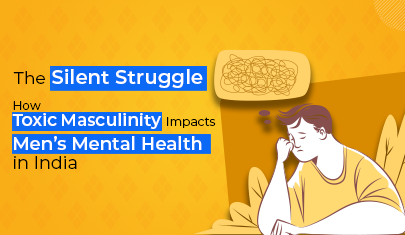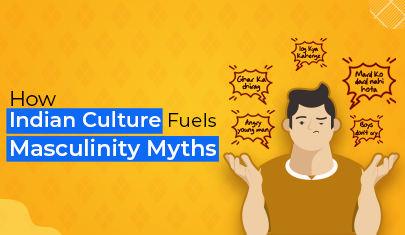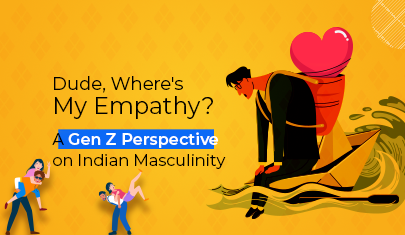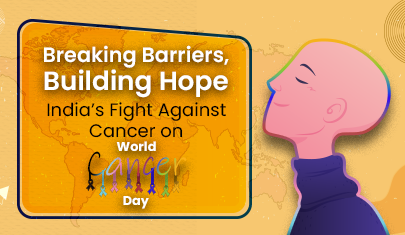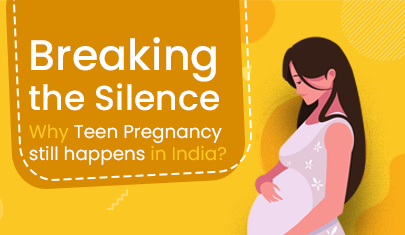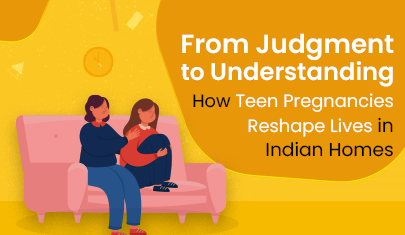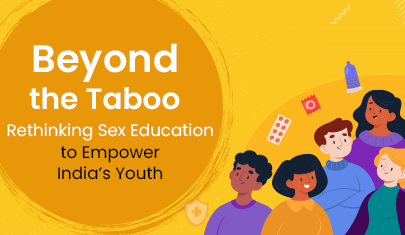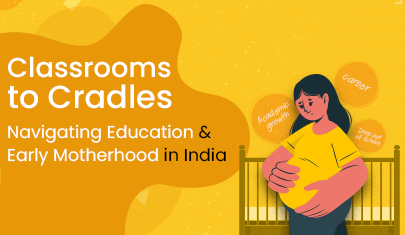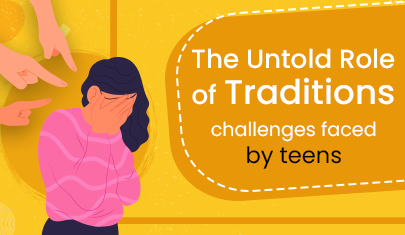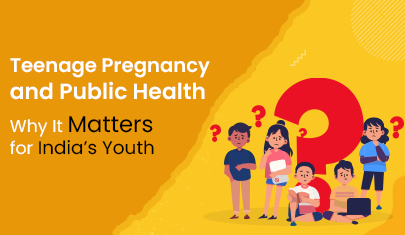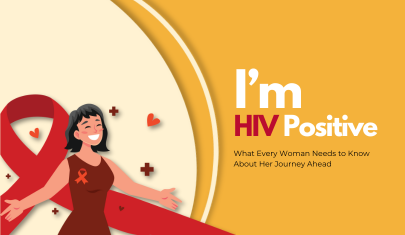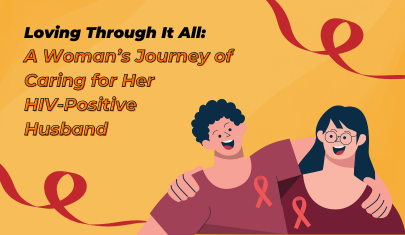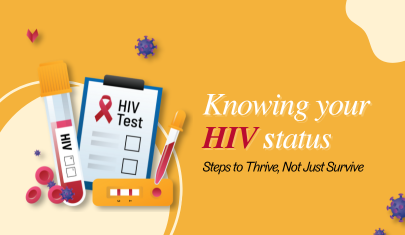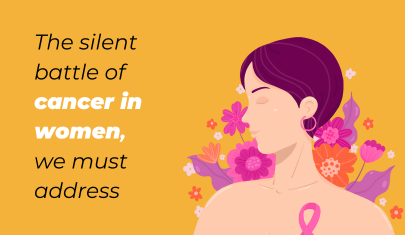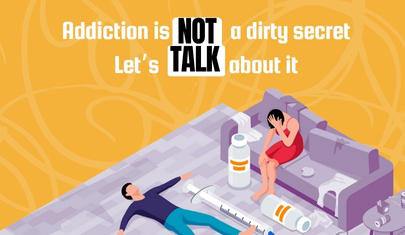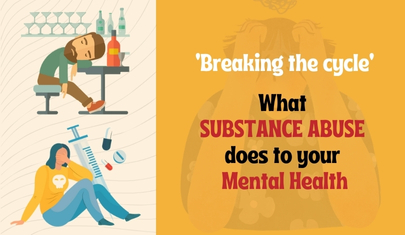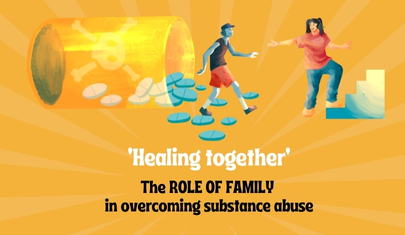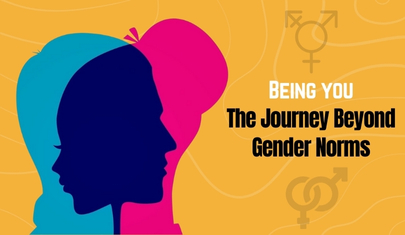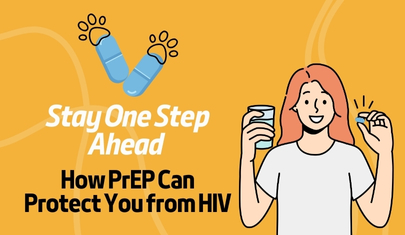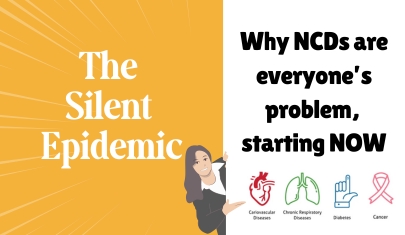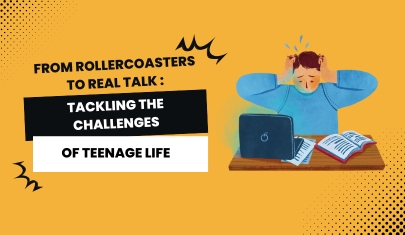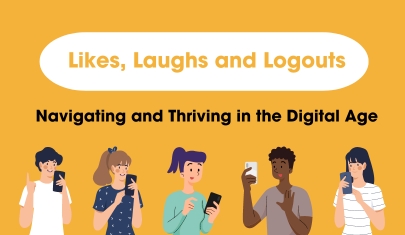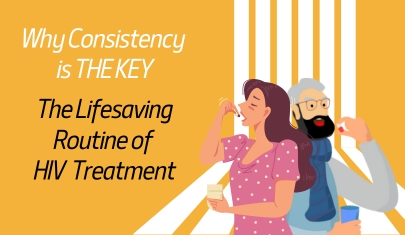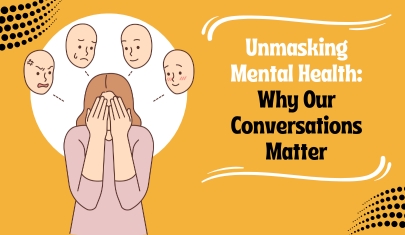General
Chemsex as a Public Health Crisis: Global Solutions for Governments and NGOs
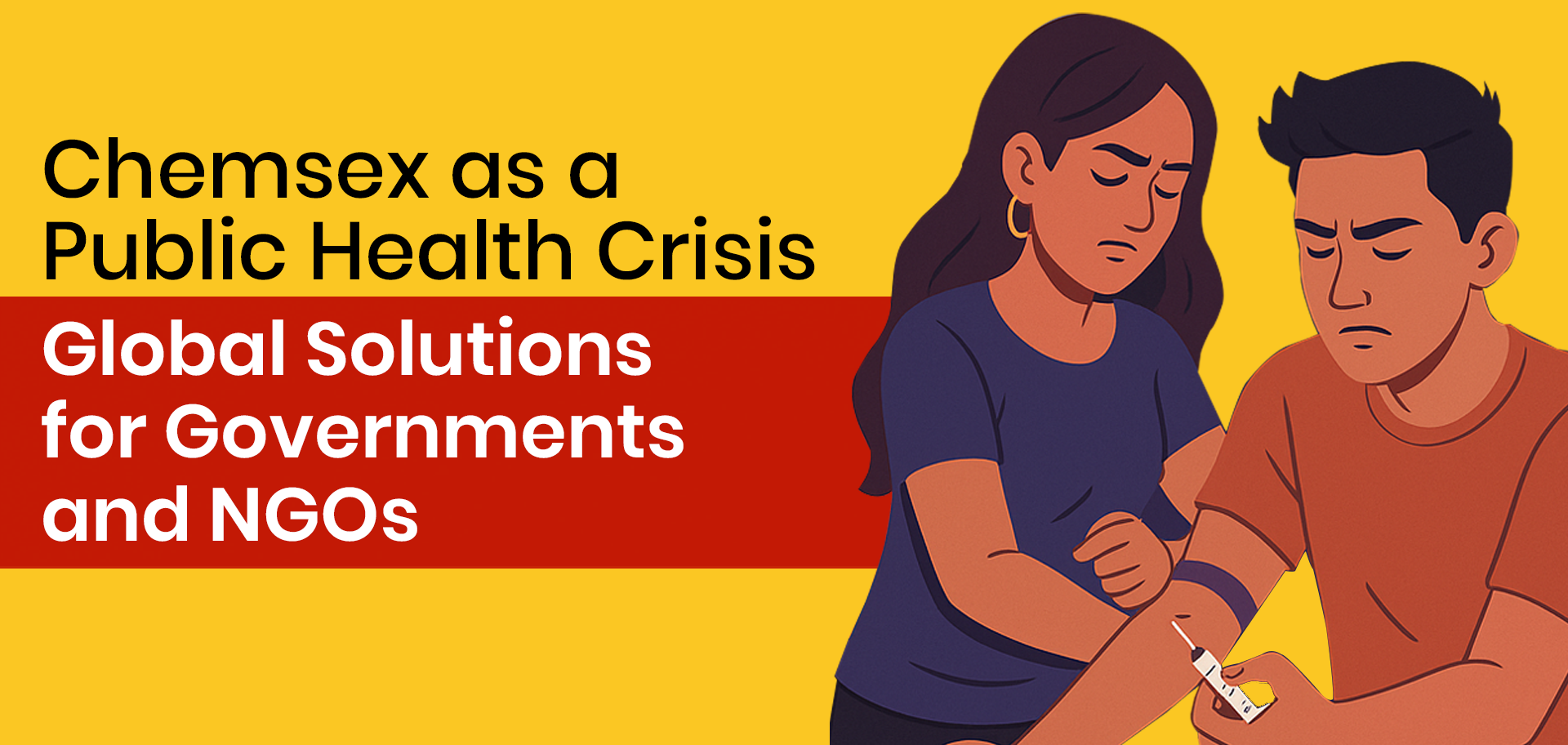
Picture a young Indian at a rooftop rave in Bangalore, heart racing from methamphetamine, drawn into a chemsex party that promises euphoria but ends in fear by dawn. Chemsex—using substances like methamphetamine or GHB to enhance sexual activity—is a growing public health crisis. A 2024 study in India found 33.8% of 136 surveyed adults involved in chemsex, with 7% of 18–40-year-olds using substances, some linked to chemsex via apps like Grindr (Indian Journal of Psychiatry, 2025). From London’s clubs to Mumbai’s underground scene, chemsex fuels addiction, HIV, and mental health crises. Governments, NGOs, and communities, including YRGCARE in India, must unite to provide education, resources, and treatment to safeguard youth.
Chemsex: A Global Concern
Chemsex involves the use of substances to enhance sexual pleasure or prolong encounters, often in secretive rave settings. Popular among Generation Z, including queer youth, it is driven by hook-up apps and urban nightlife. In India, a 2024 survey reported that 33.8% of participants used substances like methamphetamine, MDMA, or poppers for chemsex (Indian Journal of Psychiatry, 2025). The Magnitude of Substance Use in India (2019) highlights the increasing use of stimulants, with 95 kg of methamphetamine seized in Greater Noida (2024). The connection between chemsex and sexual behaviour heightens health risks, necessitating urgent global and local action.
Pause and Reflect: Why is chemsex a growing health concern in your region?
Health Risks Fueling the Crisis
Chemsex drugs—methamphetamine, GHB, mephedrone—severely harm health. Methamphetamine risks heart failure, with 52.9% of users developing addiction (CDC, 2020). GHB can cause fatal overdoses, with a 15% increase in health issues in 2024. Unprotected sex raises HIV and STI rates, according to India’s 2024 reports. Psychologically, methamphetamine can trigger psychosis (NIDA, 2024), while stigma isolates users. A 2023 study found 80% of substance users avoid help due to shame, especially among youth in India’s health summits, worsening the global crisis.
Humour moment: Think chemsex is just a vibe? It’s like chasing a viral TikTok trend—hype now, crash later!
Pause and Reflect: Which chemsex risk worries you most for youth?
Governments: Leading with Policy
Governments must implement solutions through policy. The UK’s 56 Dean Street clinics provide chemsex-specific care, a model India could consider adopting. Decriminalising personal drug use, as Portugal does, reduces fears under India’s NDPS Act (1985), encouraging people to seek help. Awareness campaigns, such as India’s NACO HIV initiatives, can target youth at health summits. Training doctors to screen for chemsex, as in Australia, ensures early intervention. Queer-inclusive policies, according to the WHO (2023), are essential for addressing stigma both globally and in India.
Pause and Reflect: How can your government tackle chemsex’s health risks?
NGOs: Delivering Resources
NGOs like YRGCARE are crucial for resources. YRGCARE’s virtual Zoom counselling and in- person groups in Chennai or Pune provide chemsex-specific mental health support. Harm reduction—such as PrEP or safe sex kits—is shared via YRGCARE’s 24/7 WhatsApp chatbot (+919994979000). A youth from Delhi quit GHB through YRGCARE and is now leading a health summit talk. Globally, NGOs like Thailand’s Rainbow Sky organise peer workshops, serving as a model for India. Partnerships with NACO can further expand PrEP access, reducing HIV risks.
Pause and Reflect: What can NGOs do in your community to address chemsex?
Communities: Fostering Dialogue
Communities can break stigma through open talks. In India, peer-led discussions at youth- led health summits, like TEDx but focused on wellness, encourage help-seeking. A 2023 study noted that 80% of users avoid support due to shame, especially queer youth. Sharing #YRGNoSubstance Collab Stories or TikTok-style health challenges, as seen in Brazil, amplifies awareness. A Mumbai community’s outreach helped a youth access YRGCARE, demonstrating local impact. Communities worldwide can create safe spaces for recovery.
Funny bit: Hiding chemsex struggles is like using a bad Insta filter—sharing the real you frees you up!
Pause and Reflect: How can your community reduce chemsex stigma?
A Collaborative Path Forward
Global solutions require unity. Governments can fund NGOs, as Germany does for chemsex clinics. NGOs can train community leaders, like YRGCARE’s peer programmes in Kolkata. Communities can enhance campaigns through social media, mirroring South Africa’s efforts. In India, integrating chemsex education into NACO’s framework could reach millions. A youth in Pune rebuilt their life with YRGCARE’s support, demonstrating that collaboration works.
Pause and Reflect: How can governments, NGOs, and communities collaborate in your region?
A Call to Action
Chemsex’s public health crisis requires bold action. Governments should fund inclusive policies. NGOs can provide resources like YRGCARE’s chatbot. Communities must spark dialogue. Call 044-33125000, DM +919994979000, or visit YRGCARE for support. From Bangalore’s raves to global cities, let’s protect youth.
As Desmond Tutu said, “Hope is being able to see that there is light despite all of the darkness.” Act now, and light the way for youth worldwide.
With warmth and love,
YRG Communications Team




